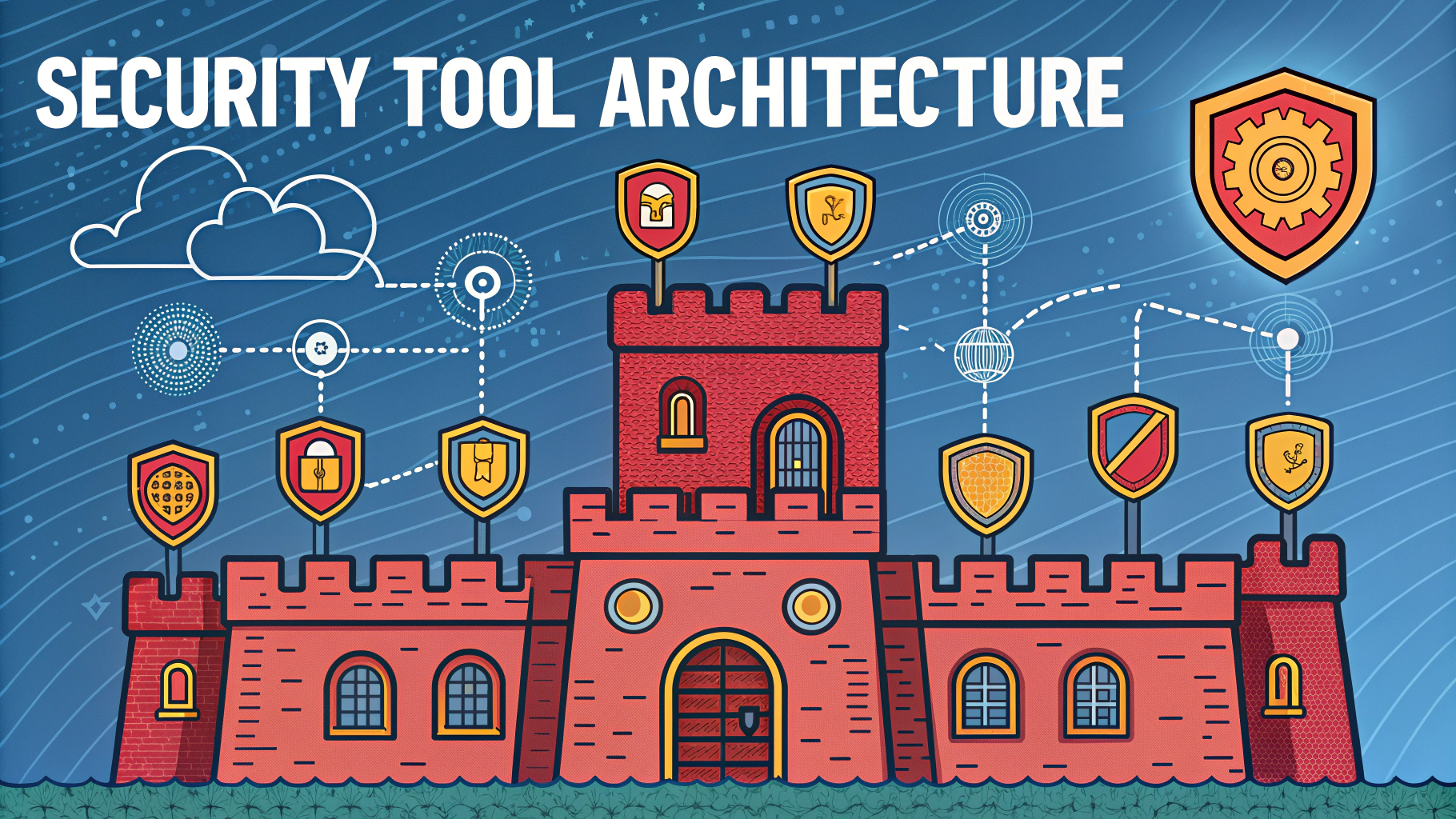Software security breaches cost organizations billions annually, making secure coding practices an essential part of application development.
Security testing helps identify vulnerabilities before malicious actors can exploit them, protecting both systems and user data.
This guide covers proven secure coding techniques and penetration testing methods to help developers build robust, secure applications.
Key Security Testing Approaches
- Static Application Security Testing (SAST)
- Dynamic Application Security Testing (DAST)
- Interactive Application Security Testing (IAST)
- Software Composition Analysis (SCA)
Common Security Vulnerabilities to Test
- SQL Injection
- Cross-Site Scripting (XSS)
- Buffer Overflows
- Authentication Bypass
- Insecure Direct Object References
Essential Security Testing Tools
| Tool | Type | Best For |
|---|---|---|
| OWASP ZAP | DAST | Web application testing |
| Burp Suite | DAST/Manual | Professional penetration testing |
| SonarQube | SAST | Code quality and security scanning |
Security Testing Best Practices
- Test early and often in the development cycle
- Combine automated and manual testing approaches
- Maintain updated security requirements documentation
- Use threat modeling to identify potential risks
- Document and track all identified vulnerabilities
Input Validation Guidelines
Implement strict input validation on all user-supplied data.
- Validate length, format, and type
- Use allowlist validation
- Encode output to prevent XSS
- Parameterize database queries
Authentication Security
- Implement multi-factor authentication
- Use secure password storage (bcrypt, Argon2)
- Set appropriate session timeouts
- Monitor for suspicious login attempts
Resources and Training
- OWASP Foundation: https://owasp.org
- SANS Institute: https://www.sans.org
- PortSwigger Web Security Academy: https://portswigger.net/web-security
Building Security Into Development
Security testing should integrate seamlessly with existing development workflows and CI/CD pipelines.
- Automate security scans in build processes
- Set security gates for deployments
- Regular security training for development teams
- Maintain security testing documentation
Secure Code Review Process
Regular code reviews focused on security help catch vulnerabilities early in development. Implement a systematic approach to reviewing code for security issues.
- Use security-focused code review checklists
- Perform pair programming for critical security components
- Review third-party dependencies regularly
- Document and track security decisions
Continuous Security Testing
Security testing must evolve with the application throughout its lifecycle to address emerging threats and vulnerabilities.
- Schedule regular penetration tests
- Update security test cases based on new threat intelligence
- Monitor security metrics and KPIs
- Review and update security policies regularly
Incident Response Planning
- Establish clear incident response procedures
- Define roles and responsibilities
- Create communication protocols
- Regular incident response drills
- Document lessons learned from security incidents
Building a Security-First Culture
Creating a robust security testing framework requires commitment from all stakeholders and a culture that prioritizes security at every level.
- Regular security awareness training
- Clear security policies and guidelines
- Rewards for identifying security issues
- Open communication about security concerns
- Integration of security in project planning
Strengthening Your Security Posture
Effective security testing is crucial for protecting applications and data in today’s threat landscape. Organizations must adopt a comprehensive approach that combines automated tools, manual testing, and continuous monitoring while fostering a security-conscious development culture.
- Regular security assessments and updates
- Continuous improvement of testing processes
- Staying informed about emerging threats
- Investing in security tools and training
- Measuring and monitoring security effectiveness
FAQs
- What are the primary objectives of secure coding in penetration testing?
The primary objectives include identifying vulnerabilities in code, preventing common security flaws like SQL injection and XSS, ensuring input validation, implementing proper authentication mechanisms, and maintaining secure session management. - What are the most critical OWASP security risks to address in secure coding?
The critical risks include injection flaws, broken authentication, sensitive data exposure, XML External Entities (XXE), broken access control, security misconfiguration, cross-site scripting (XSS), insecure deserialization, and using components with known vulnerabilities. - How should input validation be implemented for secure coding?
Input validation should use whitelisting over blacklisting, validate for length/range/format/type, sanitize all user inputs, implement server-side validation, and encode output to prevent XSS attacks. - What are the best practices for secure password storage in applications?
Use strong cryptographic hash functions (like bcrypt, Argon2), implement salt values, enforce password complexity requirements, never store passwords in plaintext, and use secure password recovery mechanisms. - How can SQL injection attacks be prevented through secure coding?
Use parameterized queries or prepared statements, implement input validation, avoid dynamic SQL queries, use ORMs (Object-Relational Mapping), and employ least privilege database users. - What security headers should be implemented in web applications?
Essential security headers include Content-Security-Policy, X-Frame-Options, X-XSS-Protection, Strict-Transport-Security (HSTS), X-Content-Type-Options, and Referrer-Policy. - How should session management be handled securely?
Use secure session tokens, implement proper timeout mechanisms, regenerate session IDs after login, use secure cookie attributes (HttpOnly, Secure), and invalidate sessions on logout. - What encryption standards should be followed in secure coding?
Use strong encryption algorithms (AES-256), implement proper key management, use TLS 1.3 for transport security, avoid deprecated algorithms (MD5, SHA1), and ensure secure random number generation. - How can file upload vulnerabilities be prevented?
Validate file types, scan for malware, restrict file size, use secure file permissions, rename files to prevent overwriting, and store files outside the web root. - What are the secure coding practices for API development?
Implement proper authentication, use rate limiting, validate API inputs, implement CORS policies correctly, use API keys securely, and maintain proper error handling.







